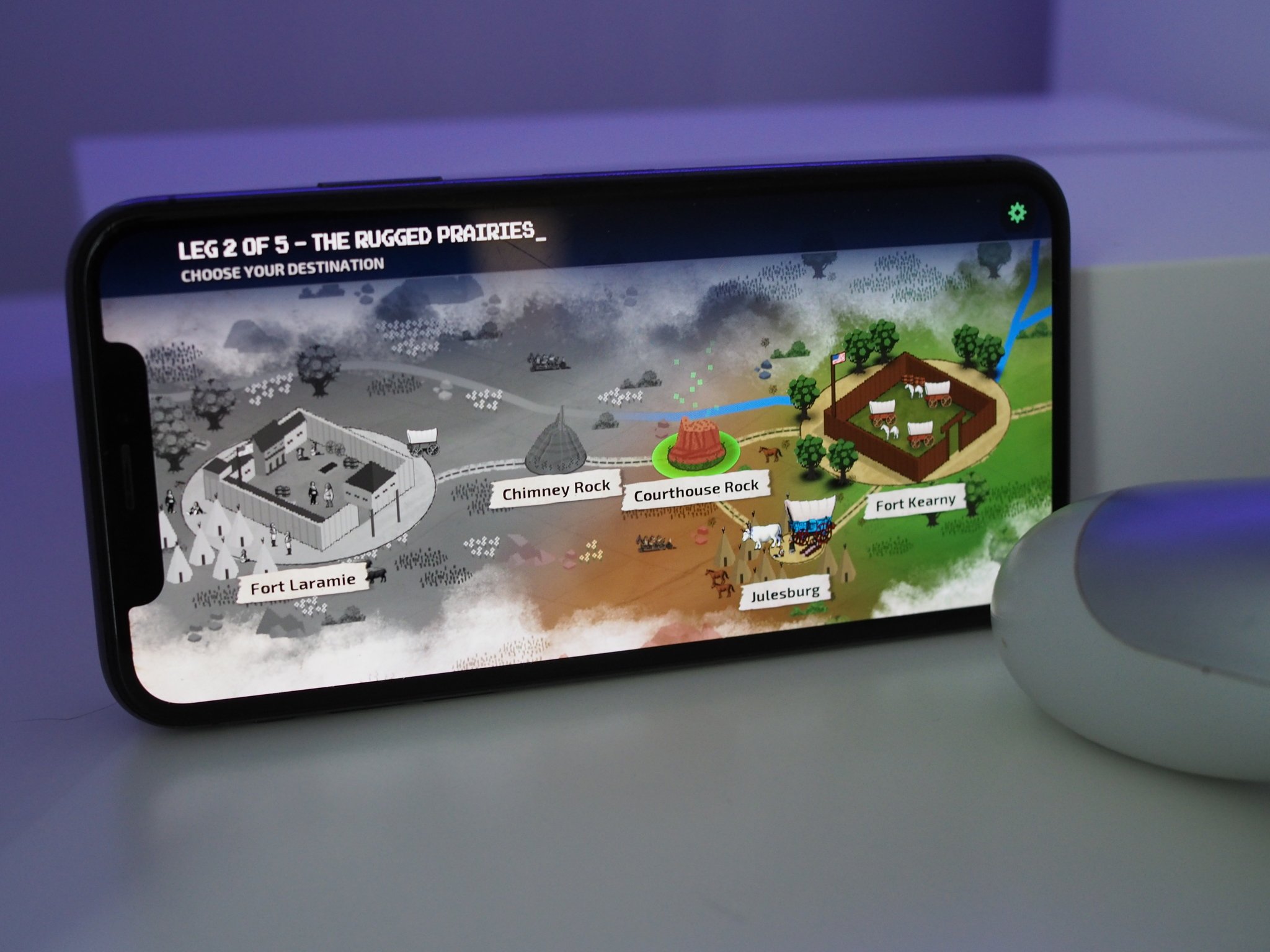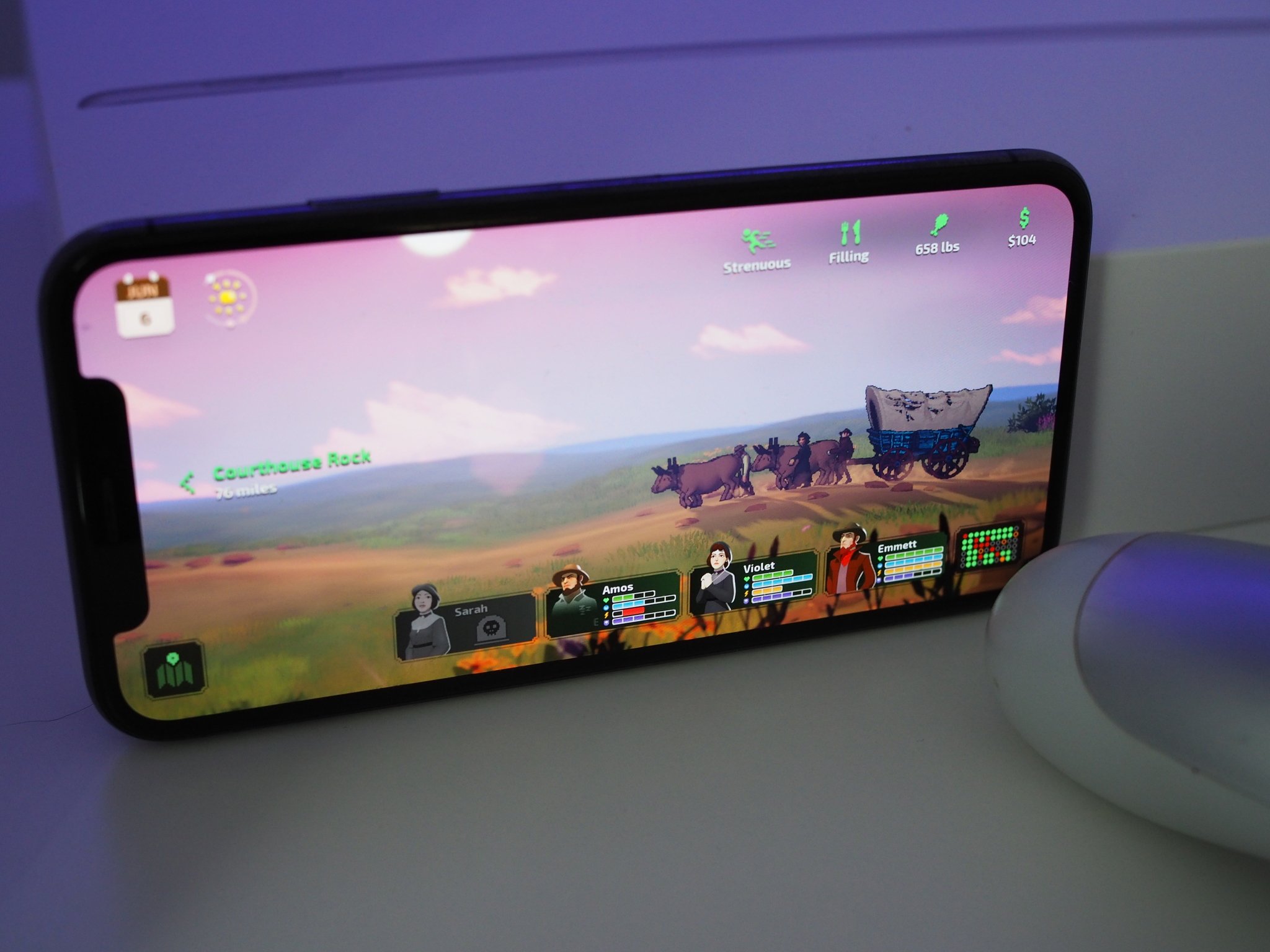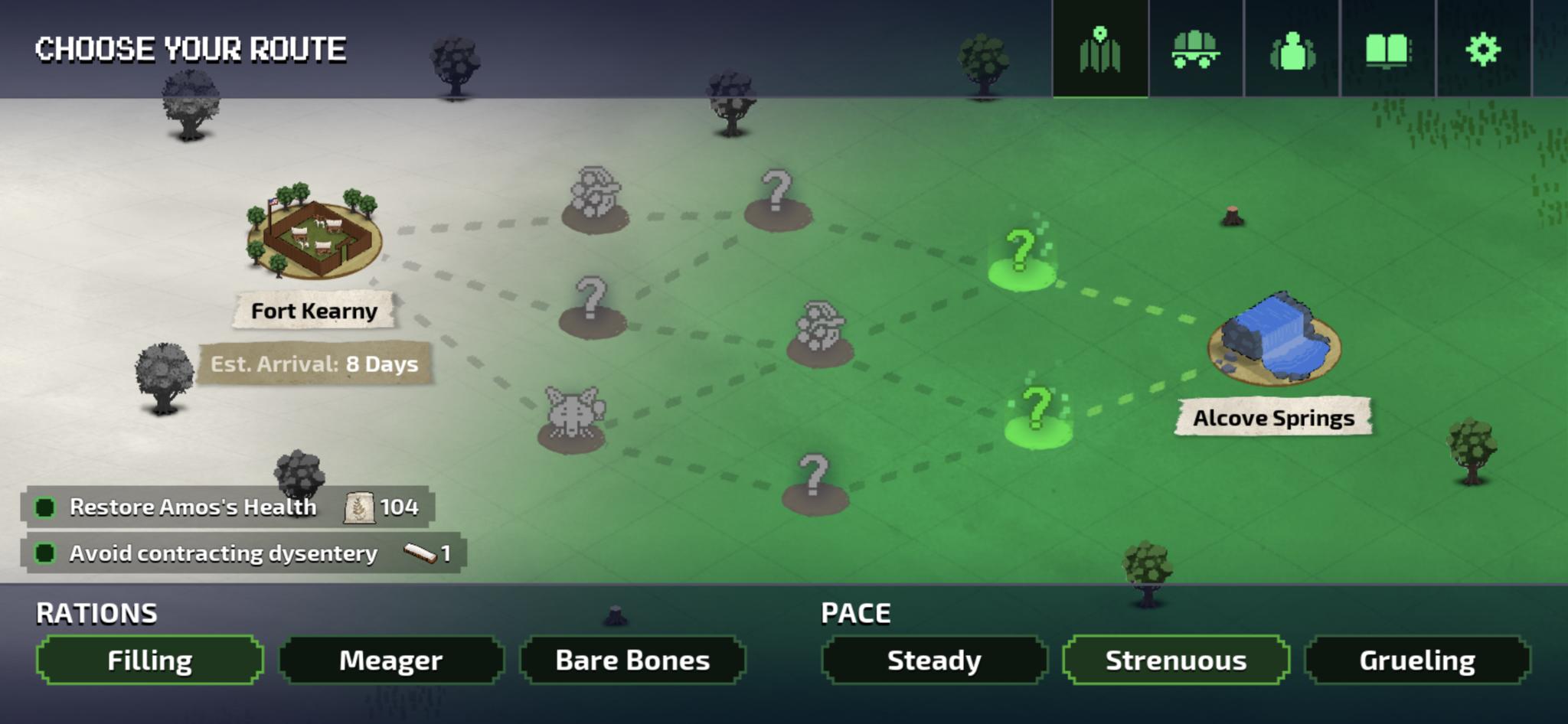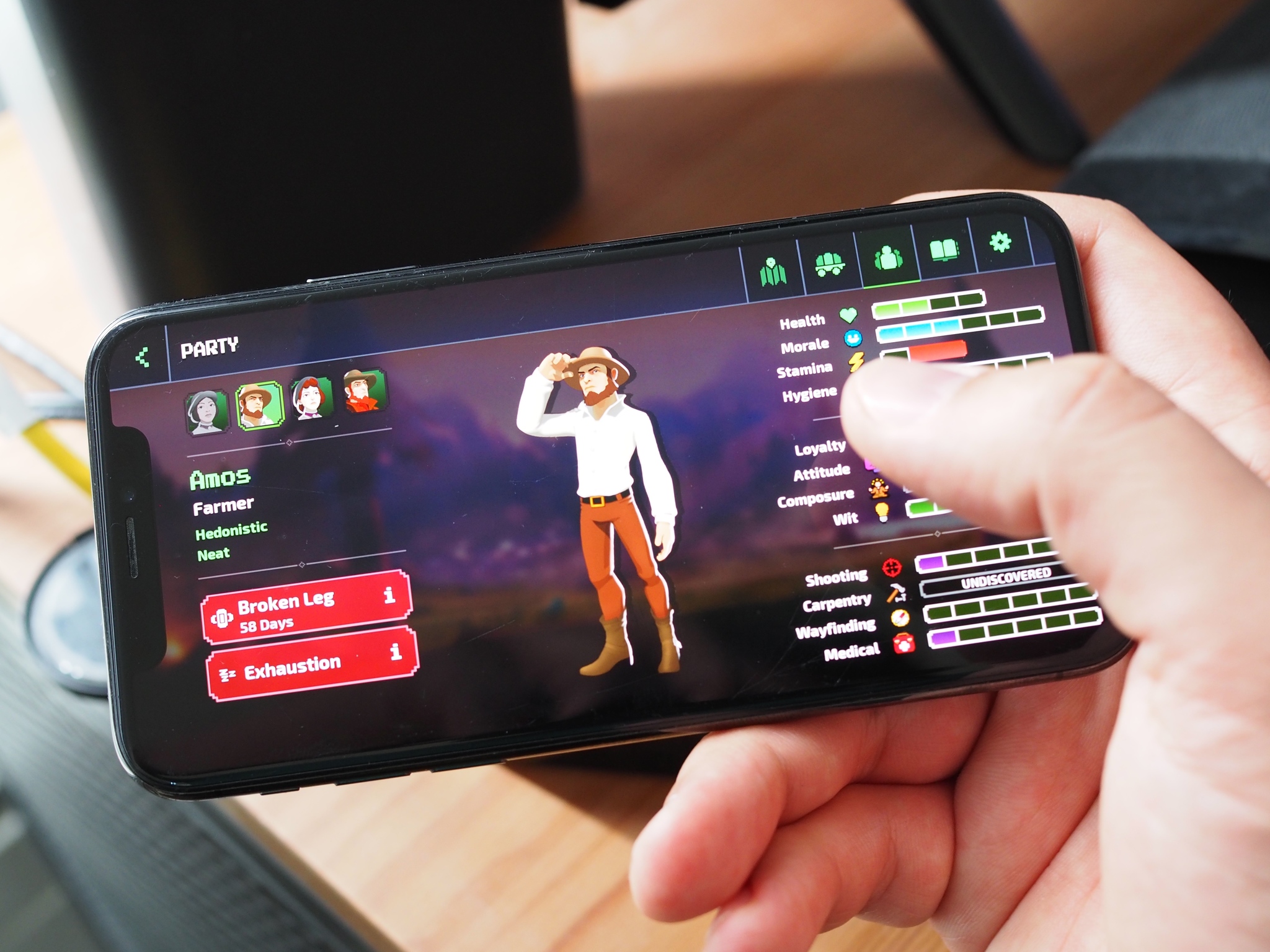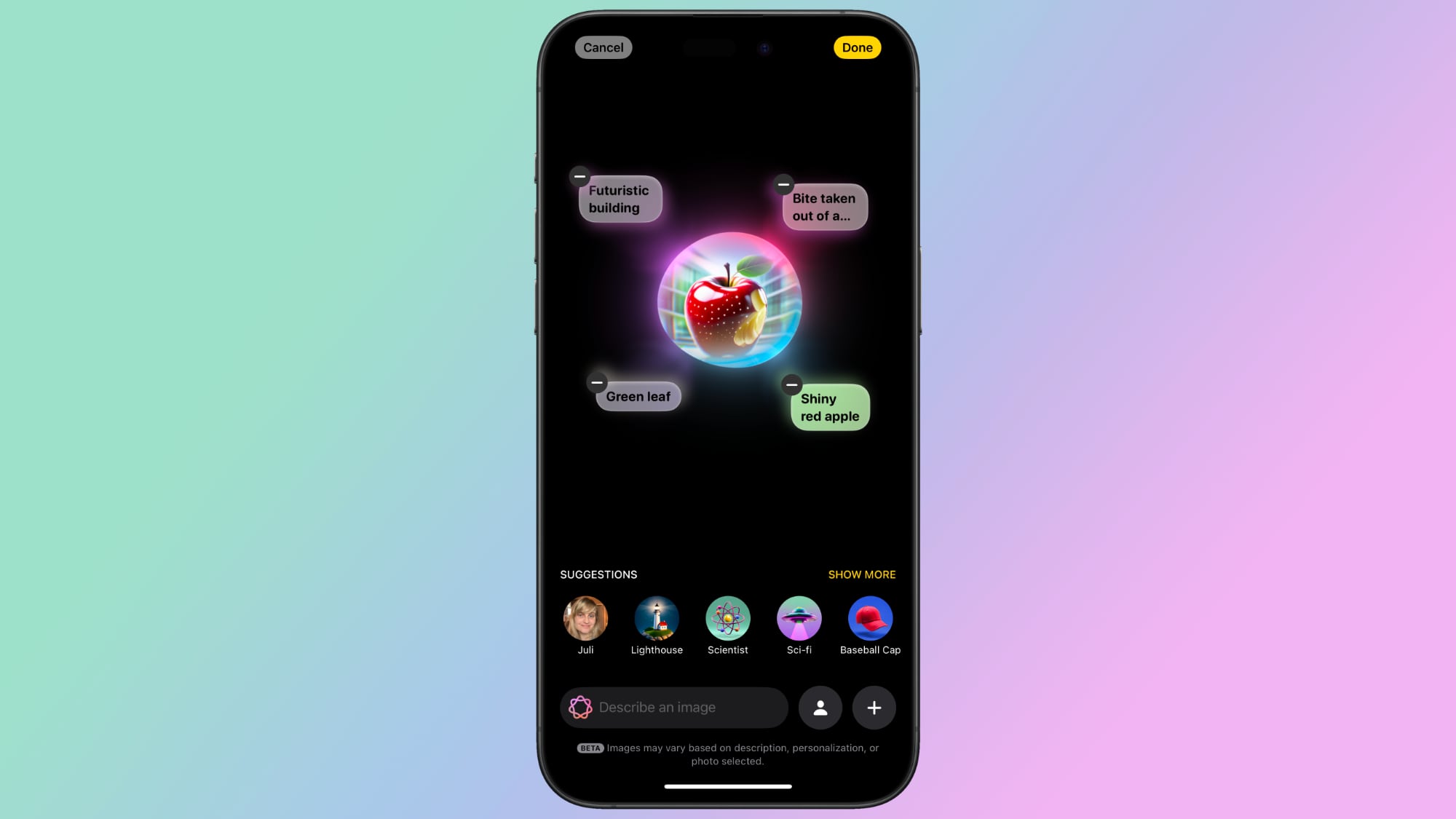Review: Apple Arcade’s The Oregon Trail takes a classic and makes it fresh
The Oregon Trail on Apple Arcade offers a fresh take on a classic. Filled with small but important decisions, the game offers plenty of fun.
The Oregon Trail was originally a 1971 text-based strategy game that some people can likely remember playing on their Apple II — feel old yet? Well, the good news is you don’t have to. In the last few weeks, Apple Arcade got an influx of new games added to the service, with a few classic games that getting the modern age treatment — The Oregon Trail was among them.
Even if you haven’t played the original game — I never did — The Oregon Trail offers a ton of fun. Every decision, no matter how small, can affect what happens to your wagon and intrepid travelers. It’s this tense push-your-luck element to the game that kept me coming back for more, even though after a while, the gameplay did get a tad repetitive.
The Oregon Trail
Bottom line: Whether you want to play on your iPhone, iPad, Mac, or Apple TV, The Oregon Trail brings a pop-culture classic into the modern mobile gaming world.
The Good
- Great visuals
- Every decision matters
- Controller support
The Bad
- A tad repetitive
Play The Oregon Trail on Apple Arcade
The Oregon Trail: What I like
Nostalgia can be a pretty strong drug, especially when it comes to gaming. Even though I haven’t played the original The Oregon Trail, it’s such a pop-culture icon that the game still feels slightly nostalgic. When your characters get injured, come down with dysentery, your wagon breaks down for the hundredth time; you can’t help but point at the screen and smile. I would imagine that if you have played the original, you’ll likely find a healthy dose of nostalgia. The good news is that the game is fun regardless of what level of nostalgia you’re experiencing. It’s full of tiny decisions that can make or break your mission to reach Oregon.
Coming from its text-based background, the gameplay in the Oregon Trail is mostly about making decisions. Which path do you take to reach your destination? What speed do you travel? Which supplies do you buy now, and which ones can you hold off and get later down the road? Even after playing for only a few minutes, you may have already made a dozen little decisions. While that may sound fatiguing, the game combats this by making every decision have a meaning.
Every decision matters, no matter how small.
When you’re on the trail and one of your adventurers comes down with a fever, you have to decide whether you should treat it with medicine (which should help cure the ailment quicker) or let it run its course — did you buy medicine before you left the last camp? How much medicine do you have left? A fever can run its course, and the inflicted member can be fine, or their condition can become much worse and even result in death. The tension comes from knowing that the next issue you need to solve is just around the corner. Maybe your wagon starts to break down, or you find out you’re running out of food. You have to choose your moments to push your luck carefully, because one wrong decision can quickly snowball into a disaster.
On top of the tension, the game provides some pretty beautiful visuals, which help the game become more than just a wall of text. The gorgeous bright blue sky when the weather is nice, the sunsets when you’re making camp in the evening are beautiful, and even the snowstorms that plague you later in the trail all look gorgeous. The art style combines a bit of a newer aesthetic with an old sort of 16-bit graphic style, a nice visual representation of what The Oregon Trail does: makes a classic new again.
Lastly, not that the game requires them, but it does fully support controllers. This makes playing the game on your Mac or Apple TV a much better experience and gives you the option to go hands-free with your iPhone and iPad. If you prefer grabbing your best game controller to play your mobile game titles, I like that even a game as simple as The Oregon Trail made that an option.
The Oregon Trail: What I didn’t like
As the game progresses, especially the “campaign,” you will find that it can become a bit repetitive. Your wagon will break down a lot, your characters will get sick a lot, and you may even run out of food quite often. If that sort of thing bothers you, The Oregon Trail may not be for you, but then again, many mobile games can be repetitive.
Gameplay can become repetitive,
I don’t think this is a huge detriment to The Oregon Trail because the fun comes from knowing all the challenges that could arise on your journey, trying to prepare for them the best you can, and then see if you can overcome all the obstacles that do come your way. It’s the very nature of the game. Plus, there are different game modes to explore if you don’t necessarily always want to play the “campaign” all the time, and as you progress in your journey, new obstacles get thrown your way as well.
The Oregon Trail: Should you play it?
I’m constantly impressed at the quality of the games you find on Apple Arcade, and The Oregon Trail is no exception.
Gameloft managed to take a pop-culture classic and breathe new life into a game that’s been around since before I was born. If you have any nostalgia for the original, The Oregon Trail is likely going to feel very familiar but also offer a new way of experiencing such a classic title, but you don’t need nostalgia to enjoy the game — it’s that fun.
If you haven’t tried Apple Arcade yet, this is a solid choice as your first Apple Arcade title. If you are an Apple Arcade subscriber, I definitely think The Oregon Trail is worth your time. Have fun and try not to die from dysentery!
The Oregon Trail
Bottom line: The Oregon Trail offers beautiful visuals and makes you think about every decision you make. While the gameplay loop can become a tad repetitive, different game modes and new challenges keep it feeling pretty fresh even after hours of play.
